Having problems with your air? Maybe you’ve got pets and are suffering from allergies. Or perhaps you just want to finally breathe clean, fresh air.
In either case you may be wondering, “What kind of air purifier do I need?”
Air purifiers are made up of several types of technologies that I’ll explain here to better help you understand what’s right for you. Regardless of whatever type of air problem you’re having, being trapped inside with poor air is a terrible way to live.
In order to help you get the best for your money, I’ve put together some helpful information to help you know which type you need. I’ll also recommend a good air purifier that’s worth the money.
Contents
Understanding your air purifier needs
First and foremost, it’s really helpful to understand the source of the problem. Do you have a frequently triggered allergy? Does your house have bad smells that make you gag? Is your room filled with dust particles that make your asthma suddenly start acting up?
In most cases it may seem obvious what’s causing the problem (like if you’re showing obvious signs of pet allergies) but in other cases it isn’t. There are a lot of different kinds of foreign matter that can be found in the air around you.
It’s entirely possible that it’s actually a combination of things causing you respiratory problems, sneezing, or whatever other air quality problems you may be suffering from.
By isolating the problem and identifying the cause it’s easier for you to choose an air purifier that will help you feel better and enjoy a better quality of life.
Fortunately most typical symptoms caused by unclean air fall into one of several common categories for nearly everyone.
For example, I couldn’t stop sneezing because my house was full of pet dander that triggered my allergies. To break the cycle of never-ending sneezes and sniffles, I purchased an air purifier that uses a true HEPA filter and a pre-filter. It feels great to be able to finally be around my dog indoors all day without having to reach for allergy tablets.
Air purifier technologies used in commonly sold products
As with washing machines and vacuum cleaners, the way air purifiers work really isn’t very complicated. However, bear in mind that the quality and costs involved definitely vary by brand and model.
There’s no reason for me to go into full-on “engineer mode” and bore you with the tiny details of how air purifiers operate. I’ll keep it to the basics and just share what you need to know.
1. HEPA filters
High Efficiency Particulate Air (HEPA) filters are the most commonly used type of filter for air purifiers and for a very good reason!
They trap 99.97% of particles as small as 0.3 microns in size. The human eye can only see down to 10 microns – 1 micron is 1 millionth of a meter.
HEPA filters are made of extremely dense fibrous material and are highly effective against many times of airborne particles and even organisms in the air. However, contrary to popular belief, HEPA filters are unable to get rid of smells – you’ll need an activated carbon filter for that.
In short, HEPA filters are useful when dealing against allergens and airborne particles but aren’t effective against odors and chemical emissions. In more effective air purifiers you’ll find them combined together with a few other types listed here for well-rounded air cleaning ability.
2. Activated carbon filters
Activated carbon filters are made of porous activated carbon pieces that form a highly absorbent filter. This captures odors and chemical vapors that pass through as they pass by.
These types of filters are especially effective against smoke, smells, and chemical emissions often called volatile organic compounds (VOCs). You may also see them listed as “active” carbon filters that describe the same thing.
This type of filter is recommended for people who are highly sensitive to chemicals, odors, and airborne vapors released from chemical or organic-based sources.
It’s also great for organic sources of smells like cooking, pets, or generally anything that emits odor-causing molecules into the air.
Image showing a well-designed air purifier (GermGuardian AC4825 3-in-1) with the HEPA filter (white) and active carbon (charcoal) filter (black) shown. A carbon filter is normally a thin section that holds minute carbon pieces that remove chemical substances from the air when it flows through them. Often they can be separately replaced, but this depends on the design.
It’s important to know ahead of time that like HEPA filters they have a limited life and will eventually need to be replaced. You can’t “recharge” or wash a carbon filter.
The life expectancy of an active carbon pre-filter is about 3 to 6 months depending upon both the product and the area where its used. The worse the air quality, the shorter the life.
3. UV technology
Commonly used alongside HEPA and activated carbon filters, ultraviolet light (UV) technology is known to be an efficient killer of pathogens such as bacteria and viruses. Best utilized with the help of HEPA and carbon filters, UV technology puts the finishing touch on air purification if you can find a model that offers this feature.
A specialized bulb is used to produce UV light which glows in air being passed through the purifier, killing some of the microbes and other germs that are airborne.
UV light is effective in reducing airborne microbes in the air you breathe. This can eliminate or reduce sickness along with other benefits and is a great added feature to have. A limited number of air purifiers have this feature so you’ll need to shop around. Here's a great example of one featuring it.
Note: although you may be aware that long-term exposure to UV light is bad for human skin, in this case, there’s no danger of exposure. The light is trapped internally and isn’t allowed to escape.
UV bulbs generally have a good life (many months to a year or so) but will need to be replaced at some point just like any other light bulb.
4. Ionizers
Ionizers work by giving an electrostatic charge to air particles using a high voltage device. Similar to static electricity, an attraction is made causing them to become trapped or bound to collection “plates” you can remove and clean periodically.
They can be very effective at reducing airborne viruses and other germs but they’re generally not as effective at removing particles from the air like a filter. Think of them as an additional feature that can aid the other filter-based air cleaning methods.
Don’t rely on this single technology alone to clean your air unless you have a specific reason for doing so.
The most significant drawbacks of ionizers is that while they do work:
- They tend to have very low clean air delivery rates (CADR) and low fan speed
- They’re not effective at capturing a wide range of particles as filters do (like pet hair)
- You may have dust or other particles fall on the floor near them
- They generate a small amount of ozone
5. Ozone generators
You may remember the smell of ozone from old electric train sets or after a lightning strike during bad weather. The principle is the same – oxygen molecules get rearranged and grouped together which enters the air as a funny-smelling odor.
Personally, I really wouldn’t recommend this type of air purifier. While the “ozone” in its name certainly makes it seem like some kind of advanced technology, ozone generators aren’t effective at safe levels and at effective levels the ozone level is unhealthy.
The problem is that there’s a huge amount of low-quality products for sale on the internet. Also, they’re simply not a good use of your money.
Ozone (O3) is a highly reactive molecule that breaks down the first particle it comes into contact with. While it can remove some matter & airborne elements from the air, it tends to give the impression of greatly cleaned air more than it is actually doing so. Also, if produced in quantities that are too large it can irritate your respiratory tract and internal tissues causing a host of symptoms.
In fact, residential ozone generators proved to be so destructive that they have been outlawed in California since 2010.
You may find some air purifiers that offer ozone as an added feature. In that case, they’re generally safe but don’t consider it a feature worth making a buying decision on as they’re just not very effective.
Some people also wonder if they can cause headaches, which I’ve covered here in more detail.
Common air quality concerns
1. Pet dander & odors
If you’re like me and you have a dog (or any kind of little one), then you’re better off purchasing an air purifier that utilizes HEPA filters. For an in-depth explanation, check out my post about dog odor and pet dander.
You don’t need a great filter in this case because of the size of pet dander but because of the need to filter it permanently and trap it well.

- HEPA filter
- Carbon filter – for trapping pet odors
- Pre-filter section – traps pet hair and larger particles
In this case, they’re often called “3-stage filters” or similar. Sometimes they’re built together as one filter and other times the filter sections are separately replaceable.
2. Dust
A clean (left) versus dirty (right) filter comparison after removing a lot of dust and hair from the air. In this case, you may be able to extend the life of the filter by brushing it off (outdoors, not inside) or vacuuming the trapped dust particles somewhere that they can’t be disturbed and released back into your clean air.
Dust particles can range very widely in size and are present from many sources. New homes or other areas where construction has been performed are a great example, as well as dirt dust and others that are pulled inside from the outdoors.
Central heating & air systems may do this especially if the main filters used with it aren’t good enough.
I recommend you get a HEPA filter purifier – ideally with a pre-filter section to trap larger floating dust particles. In some cases, the filter can be reused for a while by vacuuming off or brushing off the dust that has built up on the filter over time.
3. Dust mites
Dust mites are essentially microscopic “insects” (arachnids) that breed heavily and feed on organic matter like the shed skin of humans and pets. They get into many surfaces with fabric and fabric fibers like your bed and couch where humans or pets are found.
Unlike with pets and regular dust, dust mites produce far smaller organic matter. This is nasty, tiny stuff that gets in your air, clothing, and many other places.
If you can’t stop yourself from sneezing because of dust mites that fill up your room, one reason is that their feces and body parts are able to enter the air. These particles can come into contact with you and cause discomfort.
Because of the incredibly small size of these particles, it’s critical to have a filter that can remove elements at that small of a size. The good news is that even the smallest dust mite by-product is estimated to be typically 4 microns in size, so it’s well above what a HEPA filter can handle.
For that reason, I recommend for dust mites that you shop for a HEPA-type purifier.
4. Babies & children
Interestingly enough, babies & children are more prone to airborne disorders and sickness than adults, aside from adults with health conditions. If your child has health conditions you’ll definitely want to consider how beneficial an air purifier would be for their room.
Babies, for their size, actually inhale more air per capacity than adults. As they’re more susceptible to airborne irritants and germs, I recommend a great air purifier with a UV germ-killing feature that works well for your baby's room.
I recommend a good quality filter-based purifier with a germ-killing feature. Avoid ozone-producing (and ionizer) products for your little one.
5. Cigarette smoke
Cigarette & cigar smoke has a number of undesirable by-products that really are substantial and can take a toll on your health as well as bringing down your quality of life.
Smoke produces a number of side effects like airborne particles that cling to fabric and your hair, chemical substances in the air, and strong odors that are hard to remove.
You may have noticed that after being exposed to secondhand smoke, clothing can be left outdoors overnight in order to help remove smoke particles and odor. The principle is the same with air purifiers – smoke particulates are removed and fresh, clean air is left to greatly improve the dingy, awful smoky air that was once there.
The National Cancer Institute states that secondhand cigarette smoke is the leading cause of several health complications such as asthma attacks, respiratory infections, ear infections, and lung cancer, to name a few. Don’t take the effects of secondhand smoke lightly.
Personally, I don’t smoke but being around it or simply visiting a place with smokers means I have to deal with the terrible odor and having smoke particles and residue stuck to my clothes and hair long after leaving.
My purifier helps relieve this until I get my hair and clothes clean and keeps me from having to suffer the effects of the smoke residue I’ve brought into my home.
Smoke is one of the more difficult types of problems to deal with, so optimally you’ll want to use a product with:
- HEPA type filter – to remove airborne smoke and tiny particles
- Active carbon filter – to trap chemical substances released from tobacco & paper burning
- Ozone generator – an optional feature to have to increase the remaining fresh air left (optional)
6. For general health and better air quality
For most other cases, you’ll be well off with a general purifier with the following features:
- HEPA filter
- Carbon filter
Optionally purchasing one with ionizer or UV germ-killing features is a great idea. If you live with the elderly or others with heart or lung problems, avoid ozone-producing devices and stick with air purifiers with basic filters and optionally the UV feature as I mentioned.
The great news is that you’re less likely to get colds and other airborne sicknesses if using a product with that feature – many people have reported this.
Understanding air purifier criteria when shopping
Now that you’re well-versed about air purifiers, you probably have a particular kind in mind. But of course, rather than just looking at the technical aspects of a product, it’s equally important to think in practical terms too.
1. Coverage area
Unless you want an inefficient air purifier, make sure the product you buy actually covers the square area of your room. If you don’t know the size of your room, then it’s time to bring out those measuring devices and start doing the math. Just find the square feet like this:
Room size (square feet) = room width x room length
It doesn’t have to be a perfect match for the product you buy – that’s a general suggested application recommendation by the manufacturer.
Sometimes room size is listed in cubic feet (ft^3) which accounts for the total space that contains air where it will be used. In this case, you can find this number for your room but measuring and calculating:
Room size (cubic feet) = room width x room length x room height
2. Location and position
You don’t generally have to worry about this. However, ideally, you’ll have a good location with plenty of unrestricted airflow so that the purifier can do its job and cycle the whole room’s air.
Optimally a good location is outside but near your bedroom, although for models with a low-noise feature many users report they sleep fine with the device running overnight while asleep.
3. Filter replacement and maintenance
Filter replacements for purifiers are generally easy to do. In most cases, this is simply opening a cover, pulling out the old filter, inserting the replacement filter into place, then close the cover again.
Certain parts will need to be replaced to ensure that your air purifier is at its best working condition. This is especially true for filters, as they can only absorb a certain amount of particles.
The replacement time commonly varies depending on the filter type, but generally, HEPA filters are changed in approximately 6-8 months while activated carbon filters last for around 6 months.
The exact replacement time is normally specified in the product description, which provides clearer and more specific instructions for you to follow.
Those with separate activated carbon filters are another factor to bear in mind, too.
A typical 3-in-1 filter often sells for close to $30 at major retailers like Amazon.com for example. Some models include a convenient reminder light so you don’t have to worry!
Models with a UV lamp will need replacement at some point, as well, and bulbs may be around $27 or so on average.
4. How many purifiers do I need?
Wondering how many air purifiers you actually need? If there are only 1-2 people living inside your house, then perhaps you’ll be fine with just 1-2 portable air purifiers.
You could also opt for air purifiers to be placed only in the most densely populated and used areas, namely the living room and a bedroom.
Generally speaking, many people buy 2 models intended for medium-sized rooms in order to treat their whole house. If you have an especially large indoor area, you may need to step up to a higher-capacity purifier.
Of course, you have the option to set up air purifiers for each individual room, ensuring that the entire house does not lack for clean, bacteria-free, and fresh air.
One option is to use several small and affordable purifiers by placing one in each room where you spend the most time or sleep.
5. Additional features
If you’re like me and you enjoy additional features that make it easier to use a product, then perhaps you’re interested in products with special functions.
Some of these include the addition of wheels and handles for increased mobility, digital and remote controls for easier accessibility, customizable fan speeds and timers for convenience, and air quality sensors for automatic adjustments.
A number of products on the market like this popular Levoit LV-H132 model are moderately priced and even have a nightlight feature and are designed for especially quiet operation.
Others like the Levoit LV-PUR131 have more advanced features:- Self-off timer with a selectable time range
- Auto-speed mode (automatically adjust fan speed as needed)
- Remote control
- Low-noise mode (for sleeping especially)


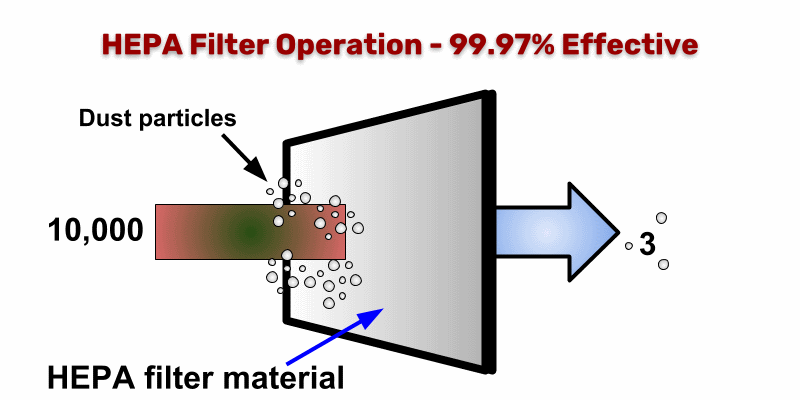
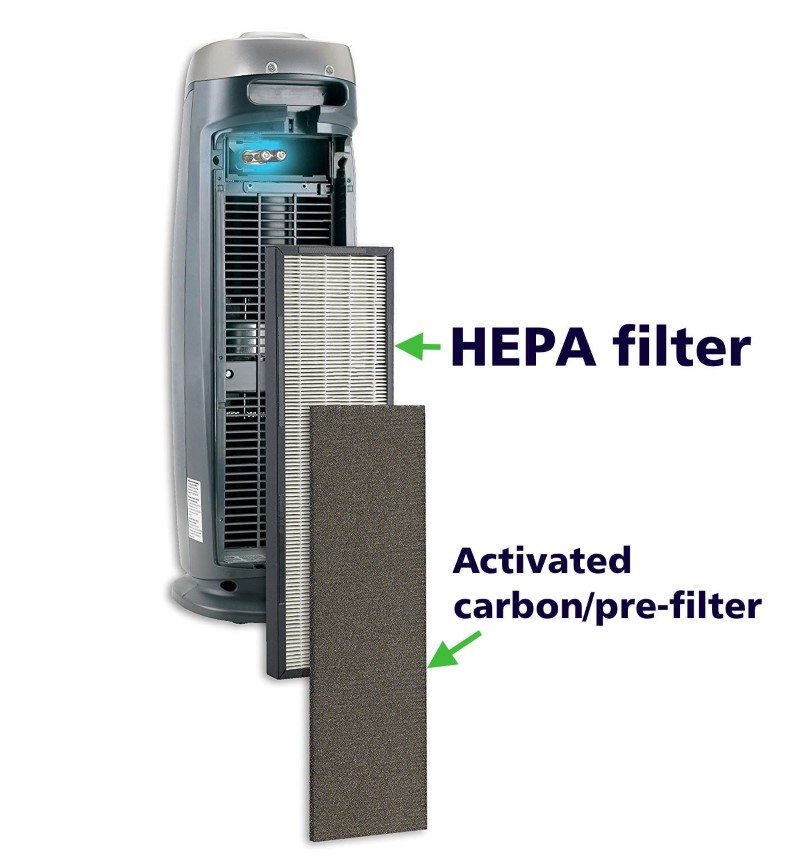

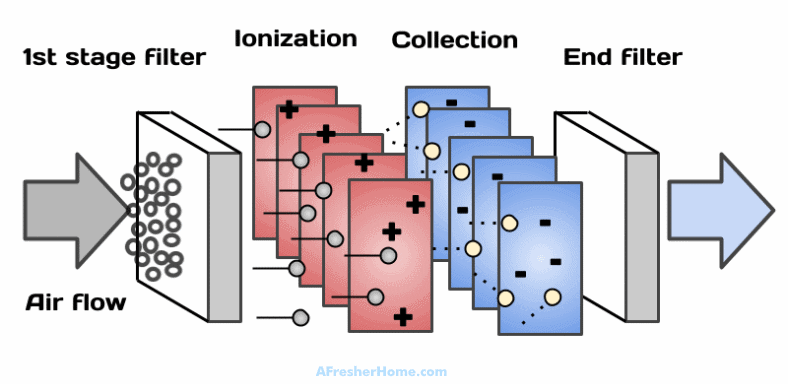
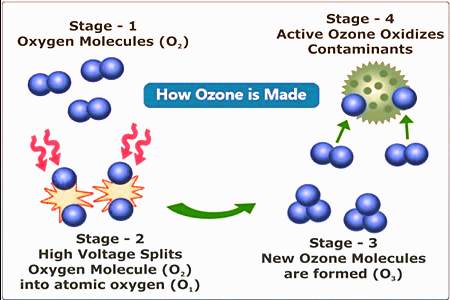


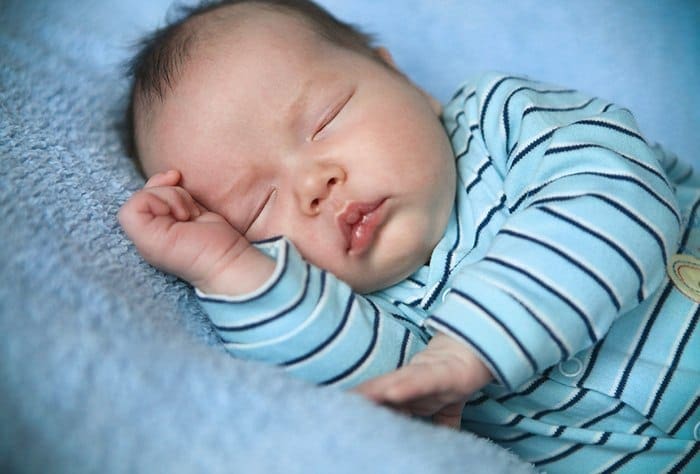
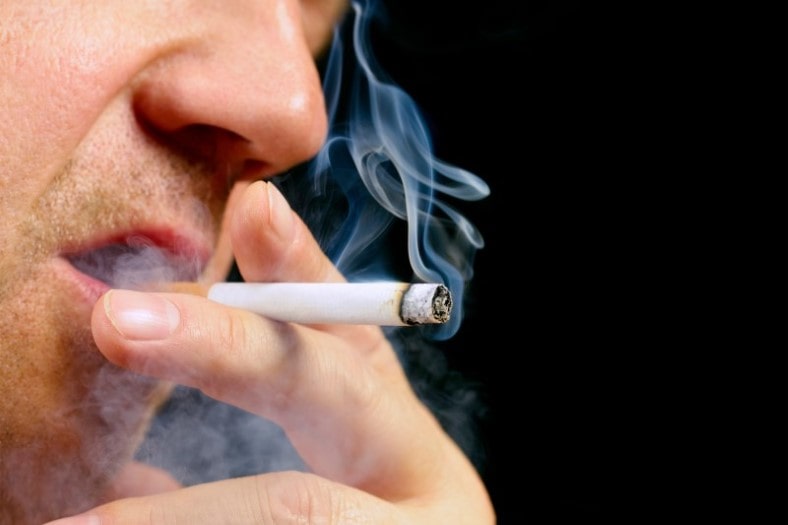
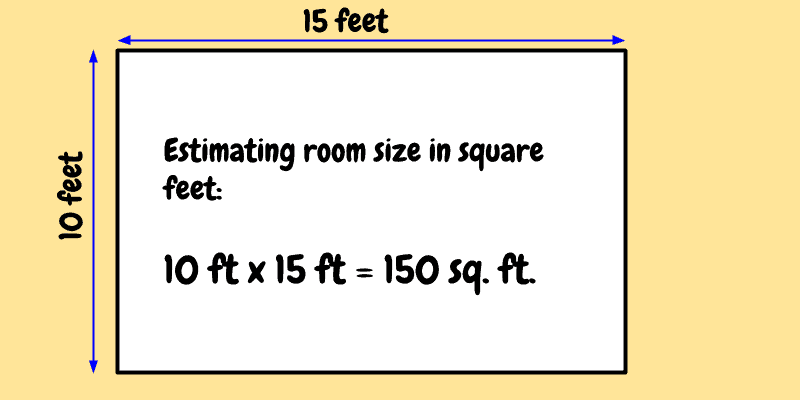
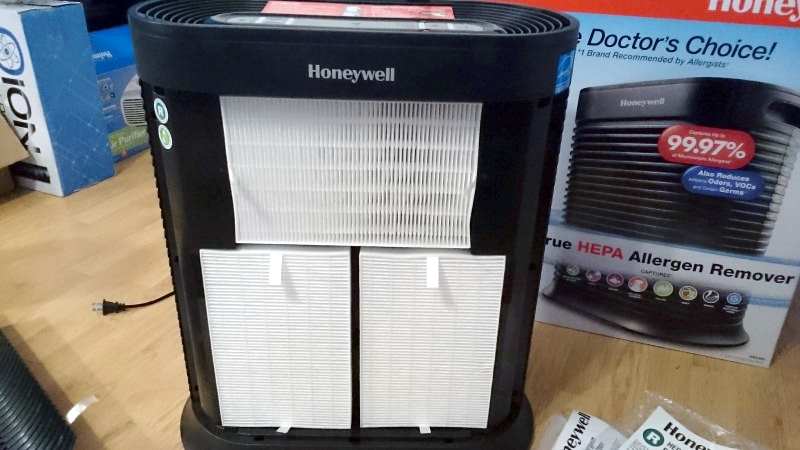
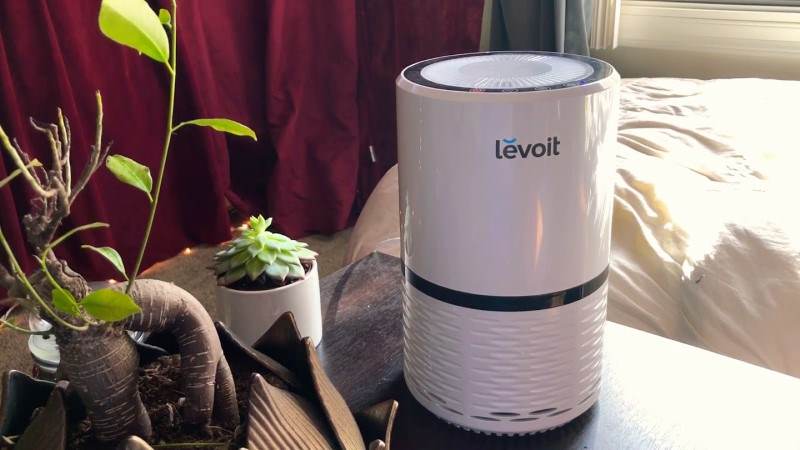

We are looking for a portable air purifier but the ones we are seeing say good for 1500 square feet. Is it supposed to be beaded off the square foot of entire home and would one this big take care of the entire home or should it be based off the square foot of the room you want it to go into? We are looking at it being for the living room and our bedroom. We have a one story home and our bedroom is off the kitchen and living area.
I have very bad allergies, diagnosed allergic fungal sinusitis and have had two sinus surgeries and we have a pet. My ENT recommended I get one. I appreciate your help!
Hi Charlotte. It’s based off of the square feet of the room you want to use it/them in. So you can actually buy one sized for whichever given room you’re in most of the time. You can use multiple purifiers if you like in various other rooms.
That may save you some cash as opposed to just one much larger one as they can be pricey. I would definitely get one of the major brand names and you can do that without breaking the bank fortunately.
The brand names typically provide lab-tested Clean Air Delivery Rate (CADR) specs whereas many others don’t.
Hopefully that helps! :)